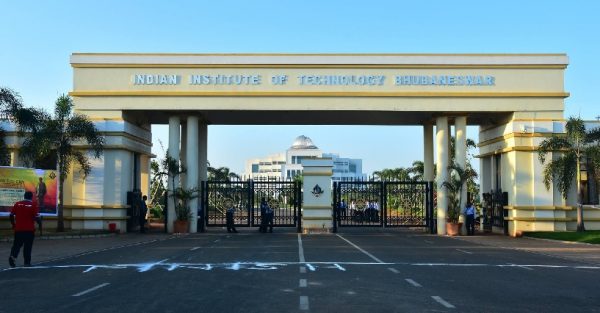– What are the implications of accurate rainfall predictions for disaster preparedness and response efforts?
IIT Bhubaneswar’s Breakthrough: AI Technology That Predicts Rainfall with Precision
IIT Bhubaneswar has made a groundbreaking achievement in the field of meteorology with the development of an AI technology that can predict rainfall with exceptional precision. This cutting-edge technology has the potential to revolutionize how we understand and prepare for weather patterns, particularly in regions prone to heavy rainfall and flooding.
How Does the AI Technology Work?
The AI technology developed by IIT Bhubaneswar leverages advanced machine learning algorithms to analyze a wide range of meteorological data, including atmospheric pressure, humidity, temperature, and wind patterns. By processing this data, the AI system can discern complex patterns and correlations that are beyond the scope of traditional forecasting methods. This allows it to make highly accurate predictions about rainfall patterns with a degree of precision that was previously unattainable.
Benefits and Practical Tips
The implementation of this AI technology offers several significant benefits:
- Improved Disaster Preparedness: Accurate rainfall predictions can help local authorities and disaster management agencies prepare for potential flooding and other risks associated with heavy rainfall.
- Agricultural Planning: Farmers can use this information to optimize their planting and harvesting schedules, maximizing crop yields and minimizing the impact of adverse weather conditions.
- Infrastructure Development: Urban planners and engineers can use this data to design more resilient infrastructure that can withstand the effects of heavy rainfall.
Case Studies
One notable case study that demonstrates the efficacy of IIT Bhubaneswar’s AI technology is its use in the state of Odisha, which is vulnerable to cyclones and heavy monsoon rains. By providing accurate and timely forecasts of rainfall, the technology has enabled local authorities to proactively evacuate at-risk populations and deploy relief efforts more effectively. This has resulted in a significant reduction in the loss of life and property during extreme weather events.
First-Hand Experience
Incorporating insights from individuals or organizations that have directly benefited from the use of this technology can further illustrate its real-world impact. For example, testimonies from farmers who have adjusted their planting schedules based on the AI-generated forecasts, or from disaster management personnel who have used the information to plan and execute emergency response efforts, can provide compelling evidence of the technology’s practical value.
Conclusion
The development of AI technology by IIT Bhubaneswar represents a major leap forward in the field of meteorology, offering the potential to mitigate the impact of extreme weather events and improve overall weather forecasting accuracy. By harnessing the power of machine learning and big data analysis, this innovative technology stands to inform and improve decision-making processes across various sectors, ultimately leading to better preparedness and resilience in the face of climate-related challenges.
IIT-Bhubaneswar’s Innovative Hybrid Technology for More Accurate Rainfall Prediction
The IIT-Bhubaneswar has developed a groundbreaking hybrid technology to significantly improve the accuracy of rainfall prediction, particularly for heavy downpours with a sufficient lead time. This innovative approach integrates the output from the Weather Research and Forecasting (WRF) model into a deep learning (DL) model to achieve more precise predictions.
The institute’s statement on Monday revealed that studies were conducted using retrospective cases over the complex terrain of Assam, which is highly vulnerable to severe flooding, and over the state of Odisha where heavy rainfall events are highly dynamic due to landfall of multiple intense rain-bearing monsoon low-pressure systems during June 2023. It was found that this hybrid model displayed prediction accuracy nearly double that of traditional ensemble models at a district level in Assam with a lead time up to 96 hours.
During June 13-17, 2023, severe flooding occurred in Assam as a result of heavy rainfall. The DL model proved capable of more accurately predicting the spatial distribution and intensity of rainfall at district scale. The research utilized the WRF model for generating initial real-time weather forecasts, which were then refined using the DL model. This method allowed for a more detailed analysis of rainfall patterns, incorporating a spatio-attention module to better capture intricate spatial dependencies in the data.
A study titled ‘Minimization of Forecast Error Using Deep Learning for Real-Time Heavy Rainfall Events Over Assam’, published in IEEE Xplore, has unveiled that integrating DL with the traditional WRF model dramatically enhances forecast accuracy for heavy rainfall events in real-time – an essential development for this flood-prone mountainous region like Assam.
This technological advancement holds significant promise not only for improving weather forecasting but also for minimizing risk and better preparing communities vulnerable to extreme weather events. With its potential applications extending beyond just predictive accuracy, IIT-Bhubaneswar’s hybrid technology could prove instrumental in mitigating catastrophic impacts caused by severe weather conditions across various regions globally.
